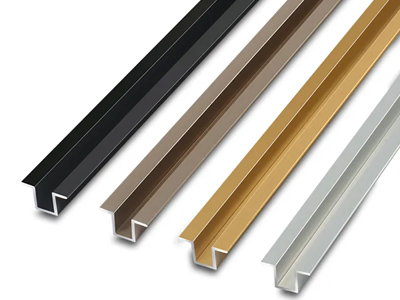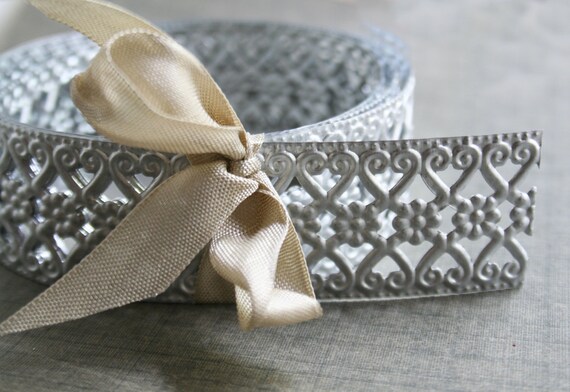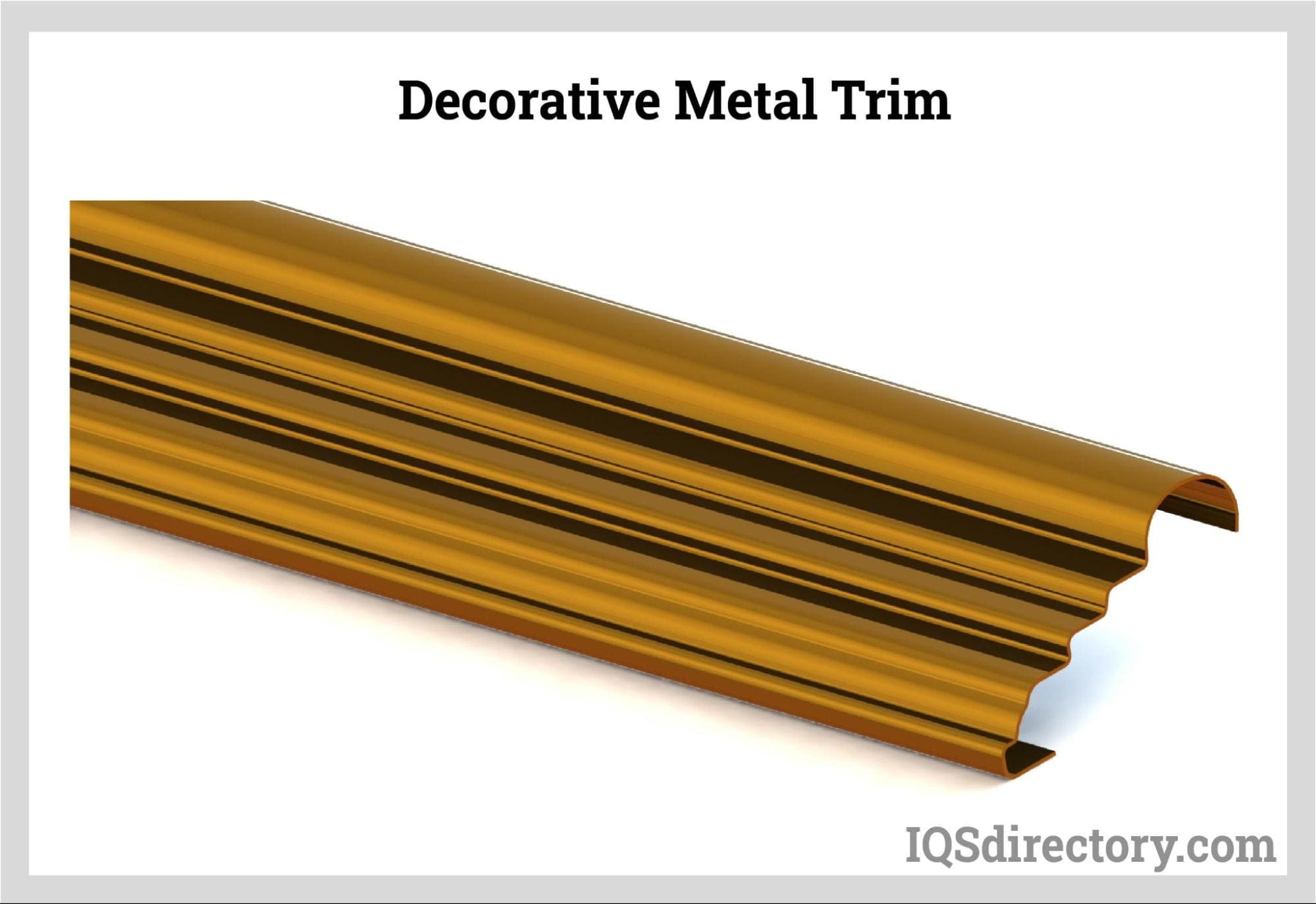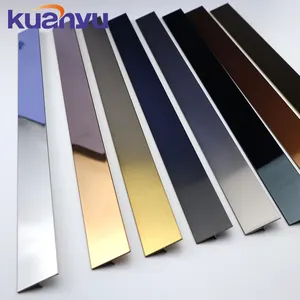Decorative metal trim is an often-overlooked element that can significantly enhance the aesthetic of any space. Whether you’re remodeling a home, sprucing up an office, or embarking on a DIY project, incorporating metal trim into your design can add both visual appeal and structural integrity. Based on my personal experiences and insights, this guide will walk you through everything you need to know about decorative metal trim.
What is Decorative Metal Trim?
Decorative metal trim refers to various metal materials that are used to enhance and finish edges or surfaces in architecture and interior design. These trims can include everything from baseboards and crown moldings to edging for countertops and fixtures. The beauty of decorative metal trim lies in its versatility and ability to complement other design elements.
Types of Decorative Metal Trim
There are several types of decorative metal trim available, each with unique characteristics and applications.
1. Aluminum Trim
Aluminum is lightweight, durable, and resistant to rust, making it an excellent choice for various applications.
2. Stainless Steel Trim
Known for its strength and sleek appearance, stainless steel trim adds a modern touch while being highly resistant to corrosion.
3. Copper Trim
Copper offers a warm, rich finish that develops a beautiful patina over time. It’s commonly used in kitchens and bathrooms.
4. Brass Trim
Brass, with its gold-like appearance, is often used in decorative hardware and fixtures, adding a classic touch to any space.

Applications of Decorative Metal Trim
Decorative metal trim can be applied in various settings and ways:
1. Residential Spaces
In homes, decorative metal trim can be used around windows, doors, and ceilings. It can also define spaces in open floor plans.

Examples of Residential Applications:
- Baseboards in living rooms
- Crown molding in dining areas
- Accent trim in bedrooms
2. Commercial Spaces
In commercial settings, trim can enhance branding and create professional aesthetics.

Examples of Commercial Applications:
- Decorative edging on counters
- Trim on display shelves
- Architectural features in office buildings
3. Outdoor Use
Metal trim isn’t limited to indoor use; it can also enhance the exterior of buildings, decking, and landscaping features.

Choosing the Right Decorative Metal Trim
When selecting decorative metal trim, consider the following:
1. Material Compatibility
Ensure the trim material complements your existing decor and materials, such as wood, tile, or stone.

2. Style and Aesthetic
Choose trim that aligns with your design vision, whether modern, traditional, or eclectic.
3. Durability and Maintenance
Consider how much wear and tear the trim will experience and choose materials that can withstand the conditions.

4. Budget
Metal trim can range in price; establish a budget that suits your project’s needs.
Pros and Cons of Decorative Metal Trim
| Pros | Cons |
|---|---|
| Durability and longevity | Can be more expensive than other materials |
| Enhances aesthetic appeal | Requires specific installation techniques |
| Wide variety of styles | May require maintenance to prevent tarnishing |
| Resistant to pests and decay | Some materials can conduct heat or cold |

Installation of Decorative Metal Trim
Installing decorative metal trim can be a DIY project or a job for professionals. Here’s a brief overview of the installation process:
1. Tools and Materials Needed
- Measuring tape
- Cutting tools (miter saw or tin snips)
- Adhesive or screws
- Level
2. Preparation
Measure the area where the trim will be installed, ensuring that the dimensions are accurate. Cut the trim to size as necessary.
3. Installation
Position the trim and secure it using your chosen method (adhesive or screws). Ensure everything is level and aligned correctly before finalizing the installation.
Decorative Metal Trim: A Personal Touch
Incorporating decorative metal trim in my own home has been a rewarding experience. I vividly recall transforming a dull dining area with brushed nickel crown molding. The simple addition not only elevated the space but also sparked conversations with guests who admired the craftsmanship.
Tips for Choosing Your Design
To help you make the best choice for your project, consider:
- Mixing different materials to create a unique look.
- Using metal trim as a contrast against soft textures like fabric or wood.
- Paying attention to the finishes; matte vs. shiny can drastically change the atmosphere.
FAQs about Decorative Metal Trim
What is the best metal for decorative trim?
The best metal for decorative trim depends on your specific needs. Stainless steel is excellent for modern applications, while brass adds a classic touch.
How do I clean and maintain metal trim?
Regular dusting and occasional wiping with a damp cloth and mild soap will keep your metal trim looking great. For tarnished metals, consider a specialized cleaner.
Can I paint decorative metal trim?
Yes, many types of metal trim can be painted. Be sure to use a primer designed for metal to ensure the paint adheres properly.
Is decorative metal trim suitable for outdoor use?
Yes, many metal trims are designed for outdoor use, especially those treated to resist rust and corrosion.
How much does decorative metal trim cost?
Costs vary widely based on material and style, typically ranging from $1 to $15 per linear foot. It’s wise to compare your options based on quality and design needs.
Conclusion
Decorative metal trim has the power to transform any space, adding both beauty and function. By choosing the right materials and applications, you can elevate your design to new heights. Drawing from personal experience, I can confidently say that investing in decorative metal trim is an investment in your home or business’s aesthetic and longevity. Now is the time to explore the endless possibilities that decorative metal trim offers and make your spaces shine!